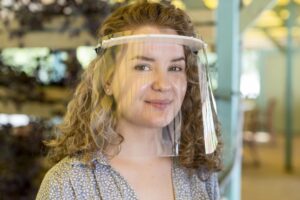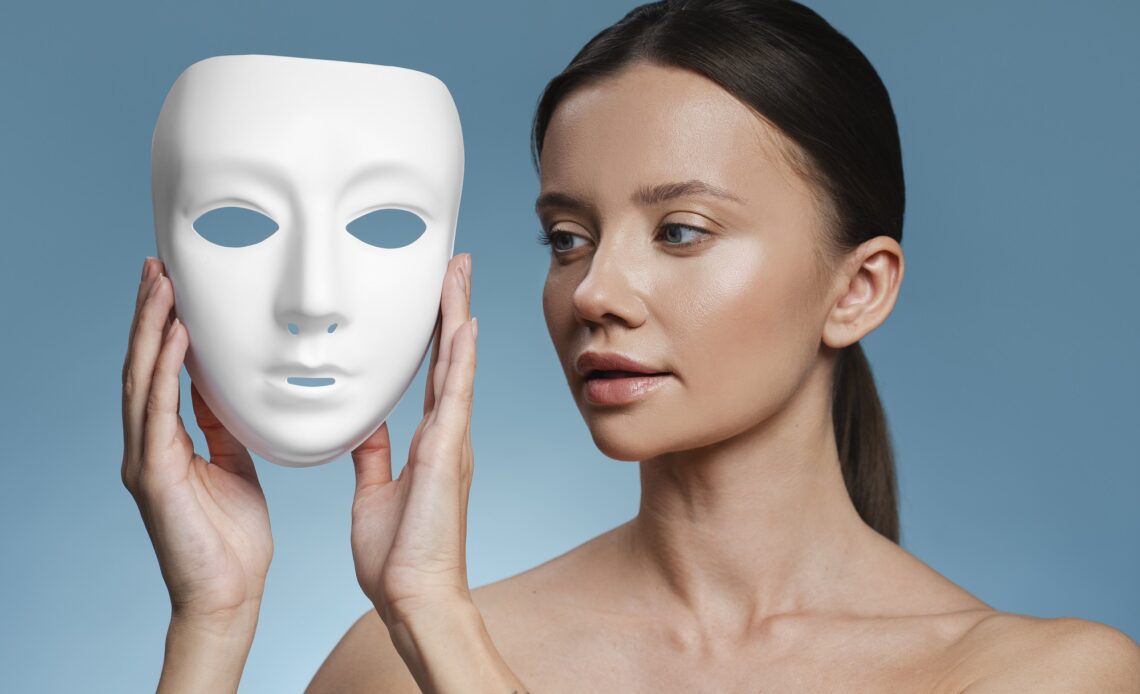Introduction to LED Face Masks
In recent years, LED face masks have become a hot topic in skincare, often showcased by influencers and celebrities on Instagram. These futuristic-looking devices claim to address a range of skin concerns, from acne to aging.
LED masks use light therapy a treatment dermatologists have relied on for decades which employs different wavelengths of light to penetrate the skin and trigger specific biological processes. As at-home skincare technology gains popularity, these masks offer a convenient option for enhancing your routine without frequent trips to the dermatologist.
This article explores how LED face masks work, the science behind them, their potential benefits, and common misconceptions helping you decide whether they’re a smart addition to your skincare regimen.
How LED Face Masks Work: Mechanism and Scientific Basis

LED face masks use light-emitting diodes (LEDs) to deliver specific wavelengths of light typically red, blue, or near-infrared targeting different skin problems. Red light helps reduce inflammation and boost collagen production, benefiting anti-aging by diminishing fine lines and wrinkles. Blue light targets acne-causing bacteria, making it effective in treating and preventing breakouts. Near-infrared light penetrates deeper to support wound healing and tissue regeneration.
The science behind LED therapy is rooted in photobiomodulation, where light absorbed by skin cells influences biological processes. Clinical studies show that LED therapy can enhance cellular function, promote healing, and reduce inflammation. Specifically:
- Collagen Stimulation: Red light boosts fibroblast activity essential for collagen synthesis, improving skin elasticity and reducing aging signs.
- Acne Reduction: Blue light kills acnes bacteria, reducing inflammation and preventing acne and acne scars.
- Wound Healing: Near-infrared light accelerates tissue repair, aiding scar recovery and sensitivity.
Note that results may vary based on skin type, treatment frequency, and individual conditions.
Benefits of Using LED Face Masks
LED face masks offer a range of benefits that can complement your skincare routine.
- Non-Invasive Treatment: Unlike many other skin therapies, LED masks are non-invasive and painless, making them a convenient option for daily use.
- Customizable Usage: With different light settings, you can tailor your treatment to address specific skin concerns like acne, redness, or fine lines.
- Convenience: Use the mask at home, at your convenience, without the need for frequent dermatologist visits.

Incorporating an LED mask into your skincare routine can yield noticeable results over time.
Common Misconceptions about LED Face Masks
These myths can lead to unrealistic expectations or improper use, diminishing the potential benefits of the treatment.
Common Myths Debunked:
- “LED Masks Offer Immediate Results”: While some users may notice subtle improvements quickly, significant changes typically require consistent use over weeks or months.
- “One Size Fits All”: Skin types and concerns vary, and not all masks are suitable for everyone. Choosing a mask that targets your specific needs is crucial for effectiveness.
- “LED Light Therapy is Harmful”: Unlike UV light, LED light does not damage the skin or increase cancer risk. It’s generally considered safe when used as directed.
Are LED Face Masks Effective?
The effectiveness of LED face masks is supported by both scientific research and user experiences. Studies show that LED light therapy can stimulate collagen production, reduce inflammation, and help combat acne-causing bacteria. However, how well these masks work often depends on a few key factors:
- Skin Type: Individual skin types respond differently to specific wavelengths and intensities.
- Consistency: Noticeable improvements typically require regular use over several weeks.
- Skincare Routine: Using LED therapy alongside a suitable skincare routine can boost results.
In real-world use, many people report positive outcomes:
- Smoother, more even skin texture
- Fewer breakouts with blue light
- Brighter, healthier-looking skin with consistent use
While results vary from person to person, combining scientific insights with personal testimonials suggests that LED face masks can be a valuable, non-invasive tool in your skincare routine when used correctly and consistently.
Comparing Different Types of LED Face Masks
Understanding the differences can help you choose a mask that aligns with your skincare goals and lifestyle.
Types of LED Face Masks:
Type Features Benefits Full-Face Masks Covers the entire face, multiple light settings Comprehensive treatment for all areas Portable Masks Compact, easy to travel with Convenient for on-the-go use Customizable Masks Adjustable light intensities and settings tailored treatment for specific concerns. Consider factors such as ease of use, portability, and specific features when making your choice.
Safety Considerations and Precautions
While LED face masks are generally safe, it’s important to follow specific guidelines to ensure optimal results and avoid any adverse effects.

- Follow Manufacturer Instructions: Always adhere to the usage guidelines provided by the manufacturer to prevent overuse or misuse.
- Consult a Dermatologist: If you have underlying skin diseases or concerns, it’s advisable to seek professional advice before starting treatments.
- Avoid Eye Exposure: Use goggles or shields to protect your eyes from direct light exposure, as prolonged exposure can cause discomfort.
Conclusion
In conclusion, LED face masks present a promising option for those seeking non-invasive skincare treatments. With scientific backing and positive user testimonials, they offer potential benefits for various skin concerns, from acne to aging. However, results may vary based on individual factors such as skin type and consistency of use.
Before investing in an LED face mask, consider your specific skincare needs and consult with a dermatologist if necessary. You can then determine if they are a worthwhile addition to your beauty regimen.


